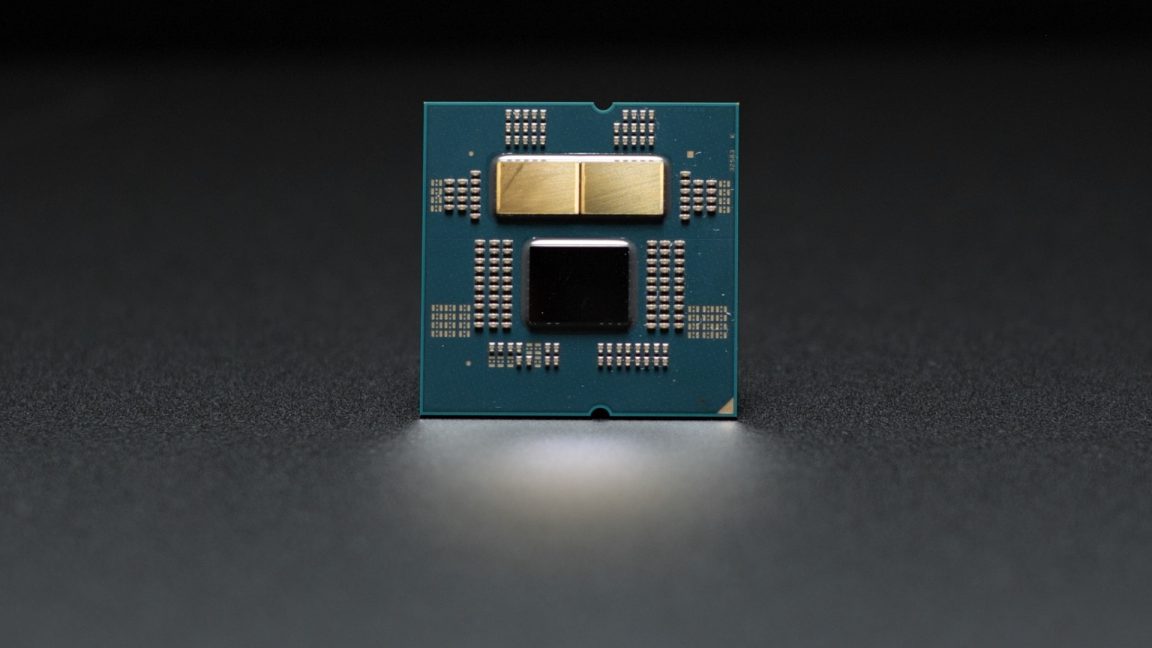A lot, if not most motherboards made in the last few years have a feature where you can flash a BIOS using a USB flash, without installing a CPU and memory. Wonder how does that work and can't find any information online. Does the motherboard have a cheap ARM SOC for this or does it work in a different way?
How does BIOS flash work without CPU?
- Thread starter SkyTerran
- Start date




